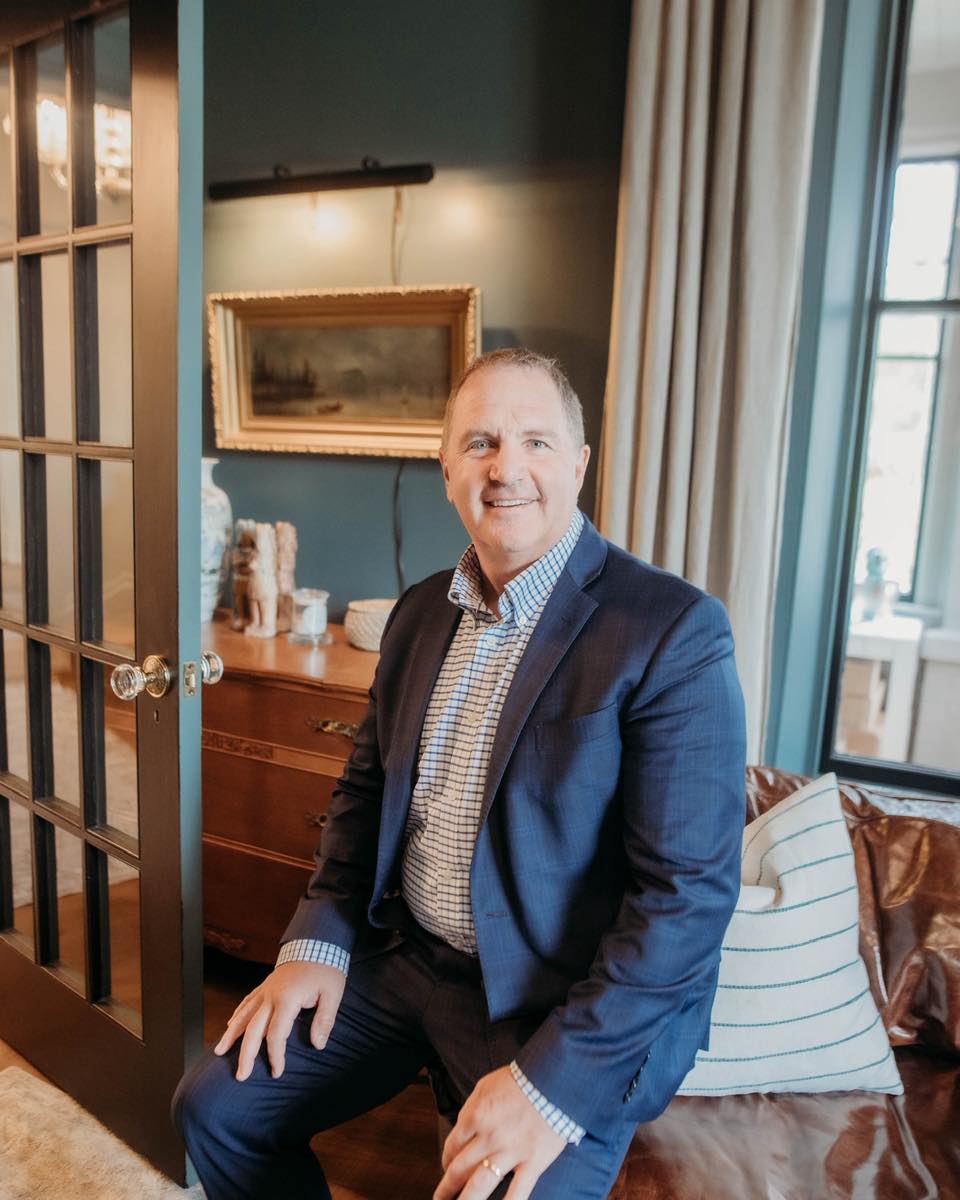
From Overworked to Organized: 3 Shifts That Help Advisors Regain Control
If you’ve been in the business long enough, you’ve felt it —
that sense that no matter how hard you work, you can’t quite get ahead.
You’re booked solid, your team is running full tilt, yet your days still feel reactive.
That’s not a discipline problem.
It’s a design problem.
Most advisors build their business by default — not by design.
These three shifts can help you change that and regain control of your time, your focus, and your direction.
Shift 1: Discovering Your Why
Every successful business starts with clarity of purpose.
Yet, many advisors can articulate their clients’ goals better than their own.
They know what they do.
They even know how they do it.
But few have slowed down long enough to truly define why they do it — and what success actually looks like for them.
Your “why” isn’t just a motivational slogan; it’s your strategic compass.
It’s what determines:
Who you serve
How you structure your week
What you say yes (and no) to
Where you focus your energy and growth
Without a clear purpose, your business becomes a collection of to-do lists and client files rather than a living, intentional strategy.
Advisors who rediscover their “why” start leading differently.
They stop chasing every opportunity and start building momentum around what matters most.
As one seasoned advisor once said to me,
“Once I reconnected to my purpose, my business became simpler — not easier, but clearer.”
Your why becomes the filter for every decision that follows.
Shift 2: From Doing It All → To Designing the Frameworks
When you first start in this industry, hustle is what keeps the lights on.
But hustle doesn’t scale.
Too many advisors stay stuck doing everything themselves — every client meeting, every email, every operational detail.
The business becomes a reflection of their effort instead of their vision.
To grow beyond that, you have to shift from operator to architect.
That means building frameworks that create consistency, predictability, and freedom:
Process frameworks – Documented systems for onboarding, reviews, and service delivery so your team can replicate your best work.
People frameworks – Defined roles, accountability, and development paths so everyone knows where they add value.
Performance frameworks – Regular rhythms like weekly huddles, quarterly check-ins, and clear metrics to track progress.
When these frameworks are in place, you’re no longer reacting.
You’re leading.
It’s the difference between a business that depends on you and a business that is defined by you.
Frameworks free you to focus on the high-value activities that actually drive growth — deepening relationships, prospecting, and strategic planning.
Shift 3: From Busy → To Aligned
The final shift is where structure meets focus.
Because even the best systems fail if they’re not aligned with the right clients and the right goals.
Many advisors believe growth is about adding more — more clients, more products, more activity.
But real growth comes from alignment.
Alignment means knowing your ideal client and building every part of your business around serving them exceptionally well.
It means understanding your key performance indicators — not just revenue, but client quality, conversion ratios, retention, and team capacity.
Ask yourself:
Do you know exactly who your ideal clients are — and what makes them ideal?
Do you track how much time and energy goes into serving non-ideal relationships?
Can you measure how each area of your business contributes to your goals?
Alignment turns data into direction.
It helps you make decisions based on clarity, not comfort.
It’s what allows your team to work in flow, your clients to feel consistently served, and your business to scale without losing its soul.
When you align your energy, your structure, and your metrics — growth becomes inevitable.
The Path Forward
The journey from overworked to organized doesn’t happen overnight.
It’s not a “quick fix.”
It’s a mindset shift — from reacting to leading, from operating to designing, from busy to aligned.
When you rediscover your purpose, build the right frameworks, and measure what truly matters,
your business stops feeling heavy and starts feeling intentional again.
That’s when the real freedom begins —
not because you’re doing less, but because everything you do now has meaning, structure, and direction.
Take control of your time and your trajectory.
Start with our Time Management Course (https://eastcoastcoaching.com/time-management?utm_source=blog&utm_medium=post&utm_campaign=ECC2025), then refine your strategy in a private coaching session with Stacy Arsenault (https://eastcoastcoaching.com/one-on-one?utm_source=blog&utm_medium=post&utm_campaign=ECC2025)


